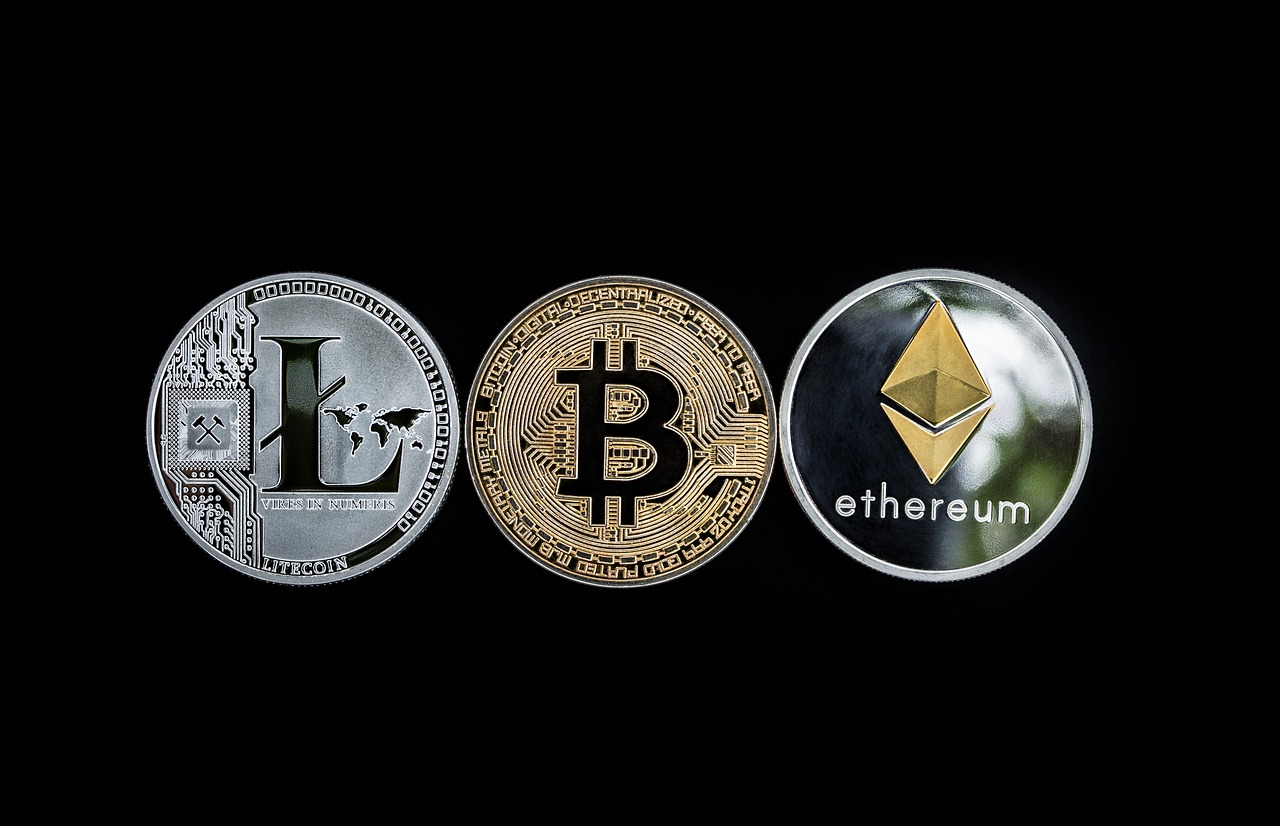Cryptocurrencies have drawn public interest dramatically over the past few years. From the beginning of 2020, traders and investors have surged their interest in digital coins, especially in Bitcoin. This cryptocurrency has been in dominance right from its founding in 2009.
However, the financial market has hundreds of other digital currencies now. It has been extremely difficult for cryptocurrencies to stand out in the crowded field. Launched in 2011, LTC or Litecoin is a crypto that seems to be standing up the game with a prominent position in the top ten digital currencies on the market cap.
What is Common in Litecoin and Bitcoin?
Bitcoin and litecoin have many things in common. These similarities look like below:
- Digital Currencies
They are both digital currencies and rely on the cryptographic network only. While physical currencies like UK Sterling Pound or US Dollar rely on the central banks for legitimacy, rotation control, and value, cryptocurrencies do not need any centralized authority.
- Proof of Work Ecosystem
LTC has many features of Bitcoin. Even its founder Charlie Lee, a former Google engineer, called it the lite version of BTC on an online Bitcoin forum. Both Bitcoin and Litecoin are ‘proof of work’ systems. It means you can mine these digital coins through an authenticated and generated process and then add them to the blockchain ledger.
- Similar Transactions
BTC and LTC have several similar elements of transactions. You can use a mining rig to exchange or mine both of these crypto coins. Both cryptocurrencies need digital wallet storage till new transactions. Interestingly, the price value of LTC and BTC have been dramatically volatile over the last couple of years, depending on factors like government regulations and investor interest.
How Bitcoin Distinguishes From Litecoin?
Besides similarities, LTC and BTC have several differences, including the following.
- Distribution
Bitcoin and Litecoin cannot produce the same total number of coins. It is another notable difference where the Litecoin network stands out with the capability of producing up to 84 million coins. On the other hand, bitcoin cannot generate more than 21 million coins.
Theoretically, the difference of distribution seems like a considerable advantage for a relatively new currency like Litecoin. However, its real-world effects may prove to be trifling. It is perhaps because both BTC and LTC are dividable into almost tiny amounts. It indicates that you can transfer bitcoin as least as one hundred millionth, known as one satoshi. It also means you do not have any difficulty purchasing low-priced products or services with either of these digital coins without the influence of the general price of an undistributed single LTC or BTC.
- Market Capitalization
Market capitalization and the overall market value is a notable area where litecoin differs from bitcoin. When it comes to market capitalization, Litecoin has a significantly lower price value than bitcoin. BTC still overshadows other cryptocurrencies, though it has tough competition with Ethereum. It proves that bitcoin or BTC continues to enjoy the benefits of being the most successful cryptocurrency on the financial market.
- Transaction Speed
Technical transactions for both cryptocurrencies take place immediately; other network participants can better confirm the time required for those operations. Litecoin has a better transaction speed, which is another significant advantage of LTC and one of the reasons for its recognition.
- Algorithms
The cryptographic algorithm of bitcoin significantly differs from the one LTC uses. BTC employs SHA-256 longstanding algorithm, while Litecoin uses Scrypt, a comparatively new cryptographic algorithm. These different cryptographic algorithms can impact the overall process of mining new coins. Both the coins require considerable computing power to confirm transactions. Miners allocate their computing resources to confirm transactions made by other users and earn some units of the cryptocurrency as a reward.







More Stories
Koinal Review – Is Koinal Scam or a Trusted Broker? (Koinal.ai)
Fxp360 Review – Is Fxp 360 Scam or a Trusted Broker? (Fxp360.com)
Coinbase Files A Petition To The SEC, Argues That Staking Should Not Be Classified As Securities